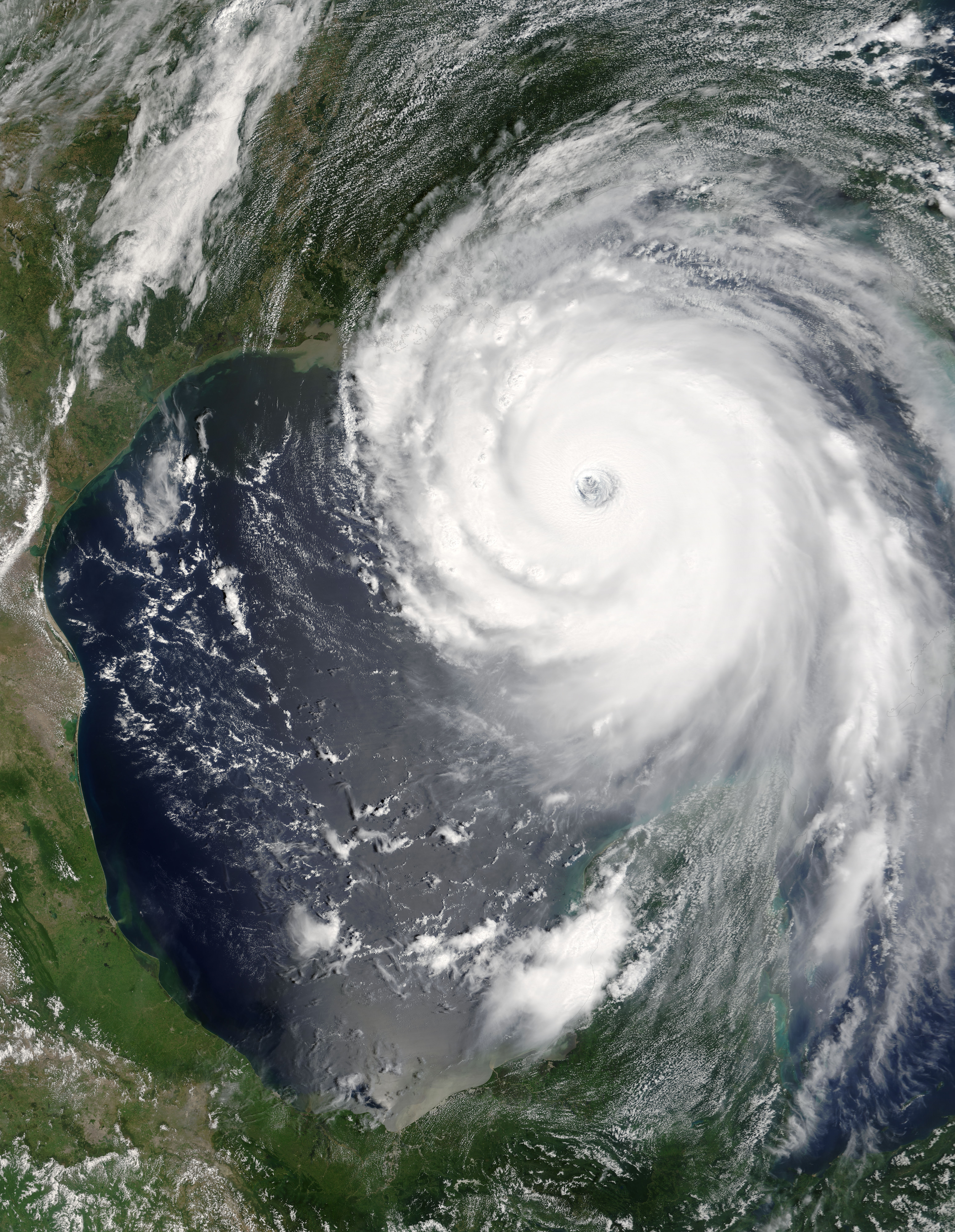Honduras is a small country in Central America, south of
Mexico. The country is largely Roman Catholic, thus a place where people still
believe in miracles. Whether miraculous or not, there is something going on in
the Departmento de Yoro in Honduras. Something known as the Lluvia de Peces has
been happening annually there for more than 100 years. In English, the Lluvia
de Peces means "Rain of Fish."
Lluvia de Peces, or Rain of Fish, typically happens in the
spring or early summer. Dark storm clouds roll into the area and the sky opens
up. It downpours heavily for as long as three hours. Whether that rain actually
includes fish is unclear. What is nearly certain is that after the rain there
are thousands of fish flopping around on the ground. It seems too strange to be
true, but locals, researchers and even a National Geographic team have
reportedly confirmed it. Still, it may be one of those things you have to see
to believe.
Local legend says that the Honduran Rain of Fish is a
miraculous answer to the prayers of Father Jose Subirana. In the mid to late
1800s, the area was suffering greatly from poverty. Father Subirana, who was a
visiting missionary, prayed that the people get ample food to end their hunger.
God answered his prayers by making it rain fish in the Departmento do Yoro.
Thus began the Rain of Fish, or so the story goes.
National Geographic supposedly sent a team to Honduras to
investigate the Rain of Fish in the 1970s. They confirmed that the event was
taking place and attempted to explain it. The team found that the fish were not
from local waterways, but they were freshwater, not saltwater, fish. This meant
they had to have come from rivers, lakes, ponds or streams. Another interesting
find was that they were all the same blind species of fish. That led them to
believe that the fish were coming up from underground, rather than raining down
from the sky.
Note: The writer of this article was unable to find the
National Geographic issue that this information was published in, though there
are several reliable claims to its existence. Unfortunately, without it, it is
impossible to say if the researchers actually looked to see if the fish were
coming from the sky or not. If you know the month and year this information was
in National Geographic, please leave a comment for us.
The underground theory makes sense enough, but it is
interesting that no one has found the source of the flopping fish during or
after these storms. If there is an underground river and the fish are finding
their way to the surface, there must be an egress point. Another popular theory
is that wind spouts created by the storms are carrying the fish from the ocean.
The problems with this theory are many, even without the evidence reportedly
collected by National Geographic: The ocean is nearly 200 miles away from the
location of the Rain of Fish. The waterspouts would have to start over a school
of fish once a year, sometimes more, for more than a hundred years. The wind
would have to carry the fish all the way from the ocean to the same area once a
year, sometimes more, for more than a hundred years. That is like a tornado
forming over a flock of birds every year, during the same months and then
carrying the birds to the exact same area every time.
There have been other reports of animal rains around the
world for some time. However, the Rain of Fish is the only known animal rain
that takes place yearly, or on any schedule. In fact, it is the only known
animal rain that is not a single event, but a series of them. This could be
further evidence of the fishes' underground origins or it could mean that
miracles really do happen in Honduras.
Sources
Milles, Carlie, America and Geography, retrieved 6/29/11,
eagle.ceu.edu/article/america-and-geography

